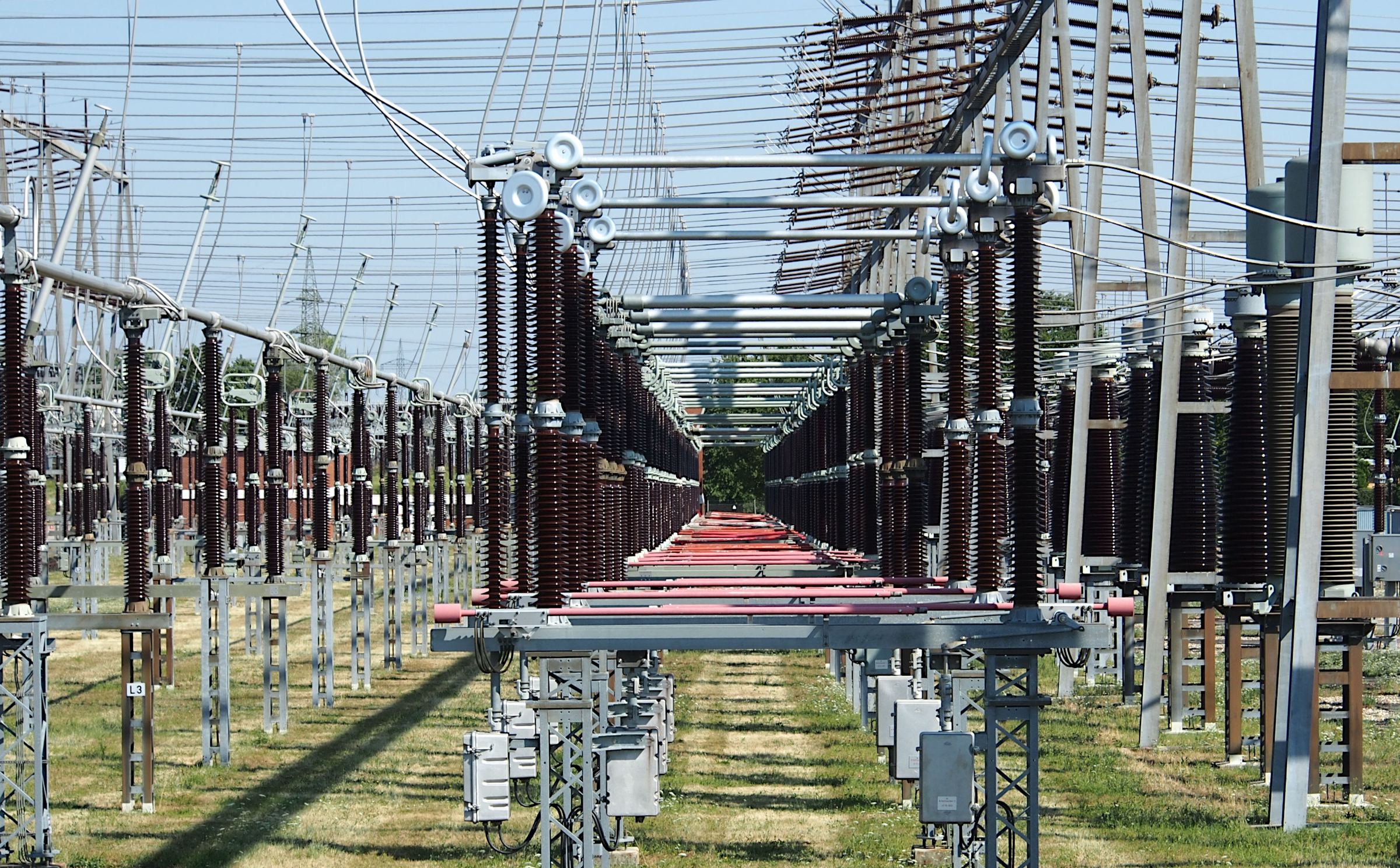RECONFIGURABLE INTELLIGENT SURFACE (RIS): STRENGTHS, WEAKNESSES, OPPORTUNITIES AND THREATS
Abstract
Reconfigurable Intelligent Surfaces (RIS) have emerged as a promising enabler of next-generation wireless networks, particularly in the evolution toward 6G communication systems. Unlike conventional active technologies such as massive MIMO and relay stations, RIS comprises passive or semi-passive reflective elements capable of dynamically manipulating incident electromagnetic waves in terms of phase, amplitude, frequency or polarization. This capability transforms the wireless environment into a programmable medium, leading to enhanced coverage, energy efficiency, and communication reliability with minimal power consumption. This paper presents a comprehensive SWOT (Strengths, Weaknesses, Opportunities, Threats) analysis of RIS technology, identifying its core advantages such as signal coverage enhancement, low-cost deployment, sustainability, and scalability as well as its current limitations, including passive gain constraints, control complexity, and dependence on accurate channel state information. It also explores the expansive opportunities of RIS when integrated with artificial intelligence, particularly in smart cities, IoT networks, and rural connectivity. The paper also critically assesses external threats such as technological competition, security vulnerabilities, and regulatory challenges. Through this strategic analysis provides actionable insights for researchers, engineers, and policymakers to guide the effective integration of RIS into future wireless infrastructure.
















